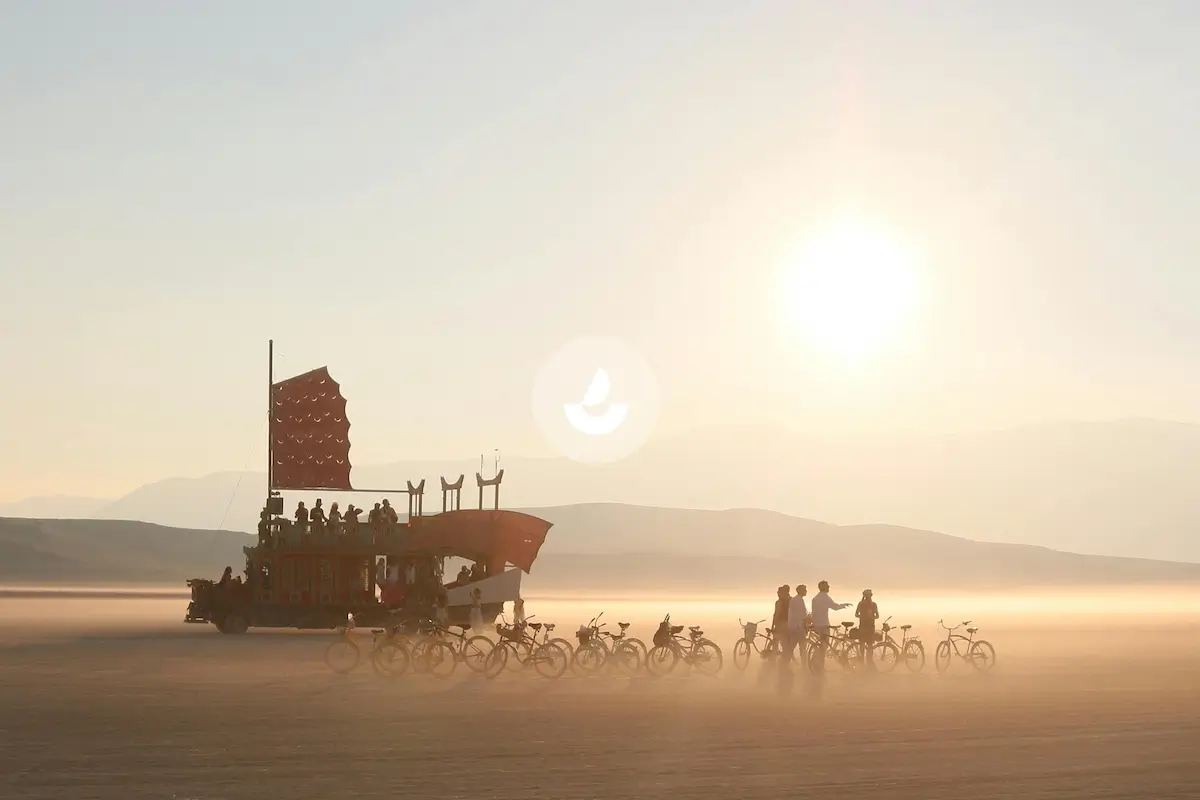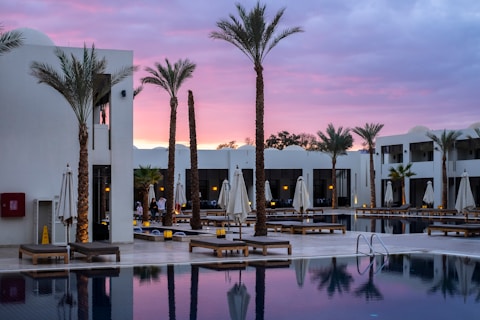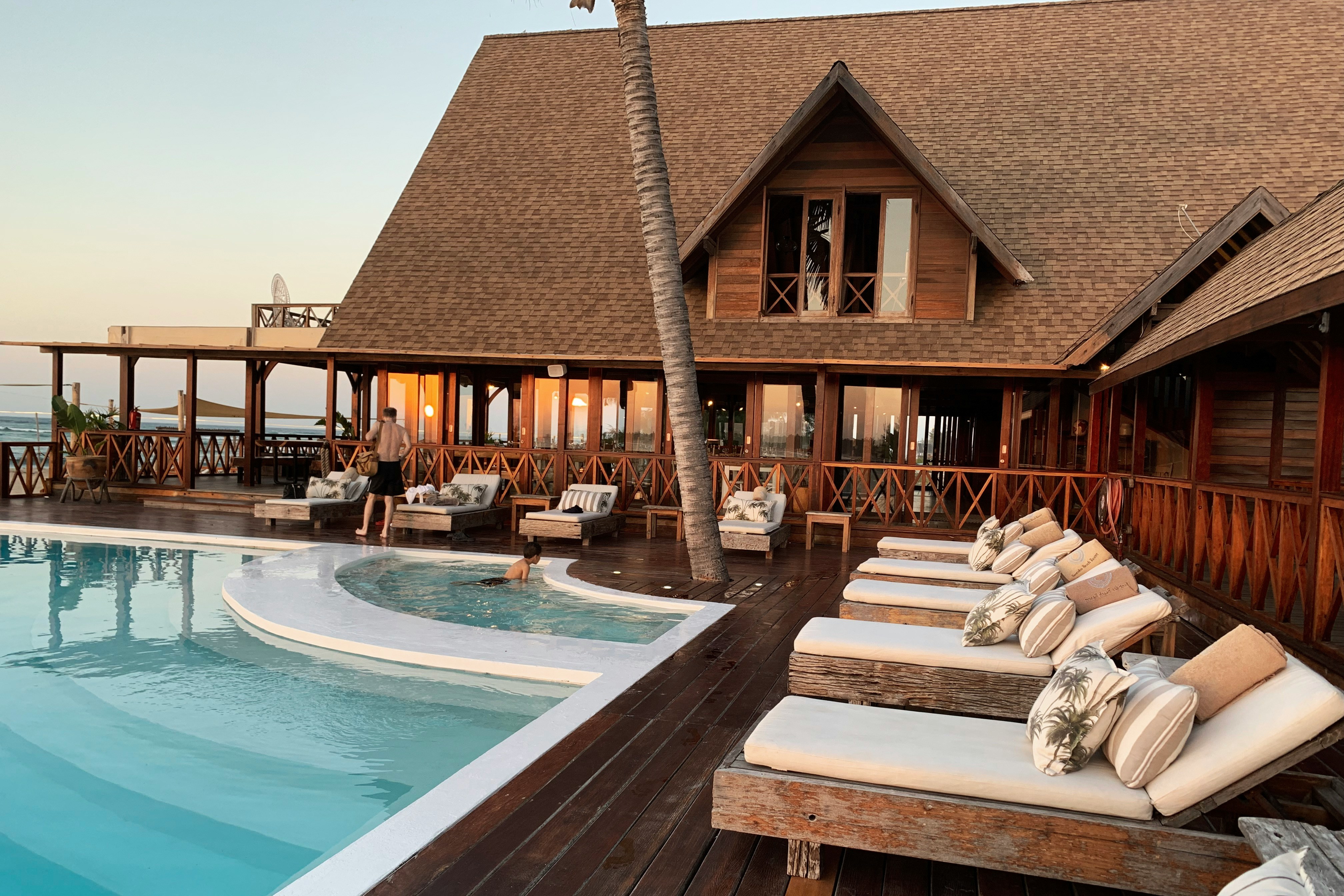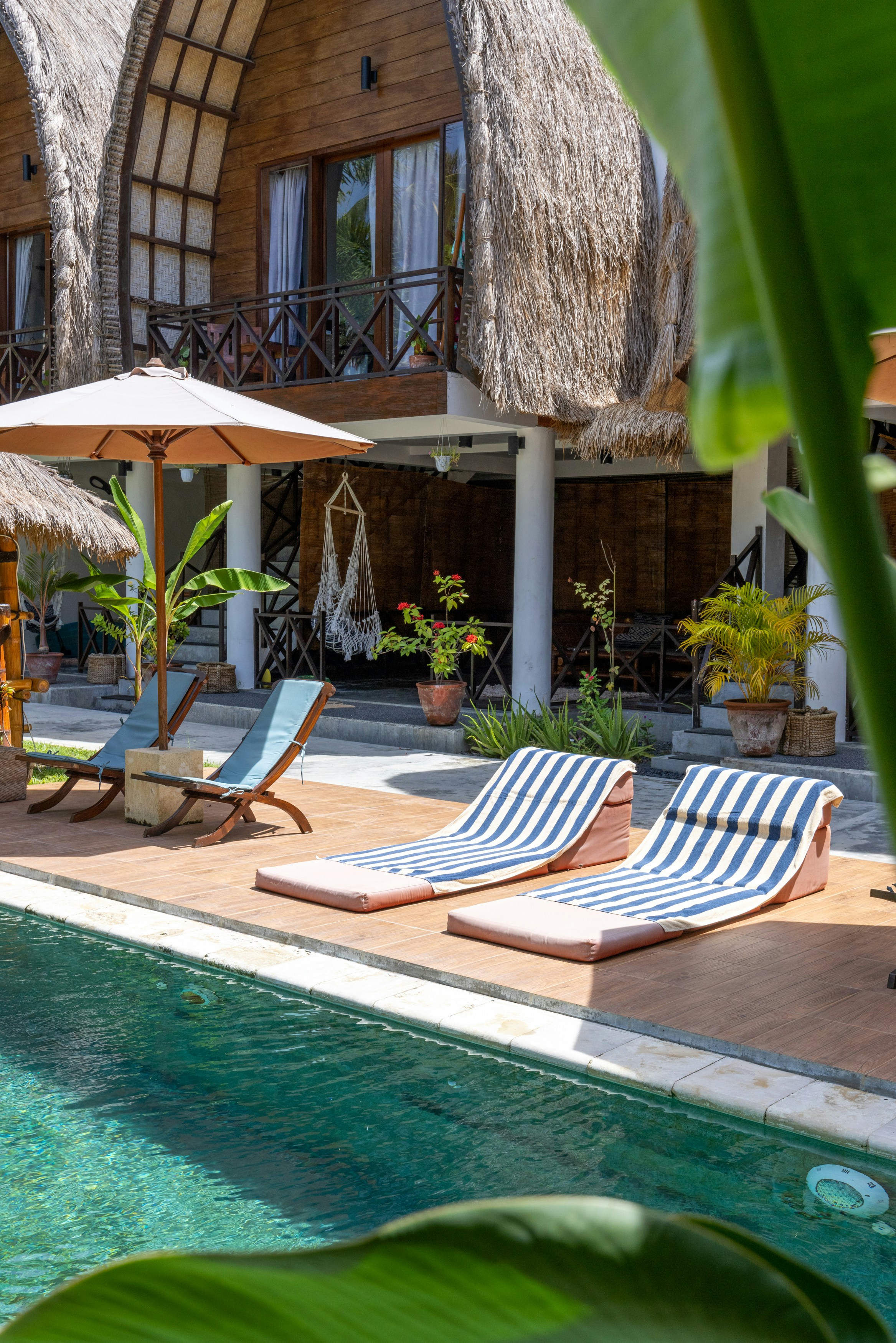Voronet Monastery
Voronet Monastery things to do, attractions, restaurants, events info and trip planning
Plan your stay
Posts
Voroneț Monastery, often hailed as the "Sistine Chapel of the East," is arguably the most renowned of Bucovina's painted monasteries and a well-deserved UNESCO World Heritage site. What immediately strikes visitors is the extraordinary "Voroneț Blue," a unique and vibrant hue that dominates its exterior frescoes. The precise composition of this pigment remains a mystery, adding to the monastery's allure. Built by Stephen the Great in a remarkably short period in 1488, Voroneț is a testament to both rapid construction and enduring artistry. The most captivating feature is the sprawling depiction of the Last Judgment on the western façade, a truly monumental work of art that tells the biblical story with incredible detail and dramatic flair, serving as a powerful visual sermon. Beyond the breathtaking frescoes, Voroneț offers a spiritual and contemplative atmosphere. The harmony of the colors with the surrounding natural landscape is remarkable, and the monastery continues to be an active religious site. For anyone exploring the painted monasteries of Romania, Voroneț is an essential stop, providing a profound insight into Byzantine art, Moldavian history, and the spiritual traditions of the region.
Robert Badea
00
Monasterio medieval. Fue construido por Esteban el Grande en 1488 en tres meses y tres semanas para conmemorar la victoria en la Batalla de Vaslui. Denominado a veces la «Capilla Sixtina del Este», los frescos de Voroneț tienen un tono intenso de azul conocido en Rumanía como "azul de Voroneț." La leyenda del origen de la iglesia une dos hombres fundamentales para la historia de Rumanía: el fundador del monasterio, Esteban el Grande, y San Daniil el Ermitaño, primer abad del monasterio. La tumba de San Daniil está dentro del monasterio. En 1547, el obispo metropolitano de Moldavia Grigorie Roșca añadió el exonártex al oeste de la iglesia y pintó los muros exteriores. Su contribución está registrada a la izquierda de la puerta de entrada. Voroneţ era conocido por su escuela de caligrafía, donde los sacerdotes, monjes y frailes aprendían a leer, escribir y traducir textos religiosos. La escuela produjo dos traducciones de la Biblia al rumano: el Código de Voroneţ, descubierto en 1871, y el Salterio de Voroneţ, encontrado en 1882. Estos libros están ahora en la Academia Rumana. El monasterio fue abandonado poco después de 1775, cuando la monarquía de Habsburgo anexionó el norte de Moldavia. La comunidad monástica volvió a Voroneţ en 1991. Desde su vuelta, los que vivían en el monasterio construyeron viviendas para las monjas residentes, una capilla, fuentes, establos, graneros, y una vivienda para peregrinos. El katholikón (iglesia principal) de San Jorge del Monasterio de Voroneț es probablemente la iglesia más famosa de Rumanía. Es conocida en todo el mundo por sus frescos exteriores de colores brillantes e intensos, y por los cientos de figuras bien conservadas situadas en un fondo de azurita. Las pequeñas ventanas, sus marcos rectangulares de barras cruzadas y los arcos apuntados o adintelados de los marcos de las puertas interiores son de estilo gótico. Las puertas sur y norte del exonártex de 1547 tienen marcos rectangulares, que indican un período de transición del gótico al Renacimiento. Pero, encima de ellos, en cada pared hay una ventana alta con un arco gótico flamígero. Toda la fachada oeste no tiene ninguna apertura, lo que indica que la intención del Metropolitano Roșca fue desde el comienzo reservarla para frescos. En la fachada norte todavía es visible la decoración original de la iglesia: hileras de discos de cerámica esmaltada en amarillo, marrón y verde, decoradas en relieve. Estos incluyen motivos heráldicos, como el león rampante y la cabeza de uro del escudo de Moldavia, y criaturas inspiradas en la liteatura medieval de Europa Occidental, como sirenas con dos colas. La torre está decorada con dieciséis hornacinas altas, en cuatro de las cuales hay ventanas. Por encima de ellas, otra hilera de hornacinas pequeñas rodea la torre. El techo fragmentado probablemente tiene la forma del techo original, que fue realizado sin duda con tejas.
LDGPJCSF
00
The monastery felt small and faded comparing to all the national hype about it. Paintings are everywhere, almost cramped on every inch of space - impressive work for the XV century but lacking a real sense of greatness. The nearby chaotic alleys, souvenir shops, construction works also does not contribute to the enchantment. Ongoing outside renovation works will make it more of a tourist kitsch attraction, rather than a quiet, inspiring, religious historic place. Unimpressed with it, happy to have visited it in a quiet day without the hassle of jam-packed crowds, parking spots hunt, bad taste cheap souvenirs. I liked the rural vibe in Voronet, though, which transpired in that quiet out-of-season day
Cristi D
00
Great place to visit - Voroneț Monastery, "Eastern Sistine Chapel", is a medieval monastic complex built in the village of Voroneț, today part of the town of Gura Humorului. The monastery is located 36 km from Suceava and only 4 km from the center of Gura Humorului. It is one of the most valuable foundations of Stephen the Great (1457-1504). The church was built in 1488 in only 3 months and 3 weeks, which is a record for that time. It is known for the special blue paint over the exterior walls, blue paint that is changing it's color/view during the day and during the seasons. It can be asked to nuns to explain the history of the monastery and what the paints means. Great place !!!
Remus P
00
The church in this monastery must be the most famous church in Romania. Its frescoes on the external walls are incredible. Not only are the paintings beautiful and has survived centuries, but they also tell detailed stories from the Bible and from Orthodox theology. Probably the most impressive is the "Last Judgement" frescoes on the western wall. It helped our understanding of these paintings to have a local guide. Photography inside this church is not allowed (although I saw some tourists sadly ignoring this rule). It is easy to understand why this church, together with several other painted churches in the region, is a UNESCO World Heritage Site.
T Hartberg
00
Great touristic point, a must see one of a kind Moldavian stile monastery whit an unique in the world mural painting, its the building that inspired the expression “the Voronet blue” because of the unique blue backgrounds of the paintings, the monastery was constructed by Stephen the Great in 1488. Around the monastery there’s a lot of restaurants where you can eat and places where you can rent a quad bike to have a ride and get to see the beautiful untouched forests around it. People are very kind and helpful. Prices are mostly fare and there’s a small market place near by to buy souvenirs and all kind of hand made authentic Romanian clothing.
Ionut Popusoi (PixelArtBoredApeClub)
00
Basic Info
Address
Strada Voroneț 166, Voroneț 725301, Romania
Map
Website
manastireavoronet.ro
Visit
Reviews
Overview
4.6
(6.7K reviews)
Ratings & Description
cultural
scenic
Description
The Voroneț Monastery is a medieval monastery in the Romanian village of Voroneț, now a part of the town Gura Humorului. It is one of the famous painted monasteries from southern Bukovina, in Suceava County.
attractions: , restaurants:

- Please manually select your location for better experience





